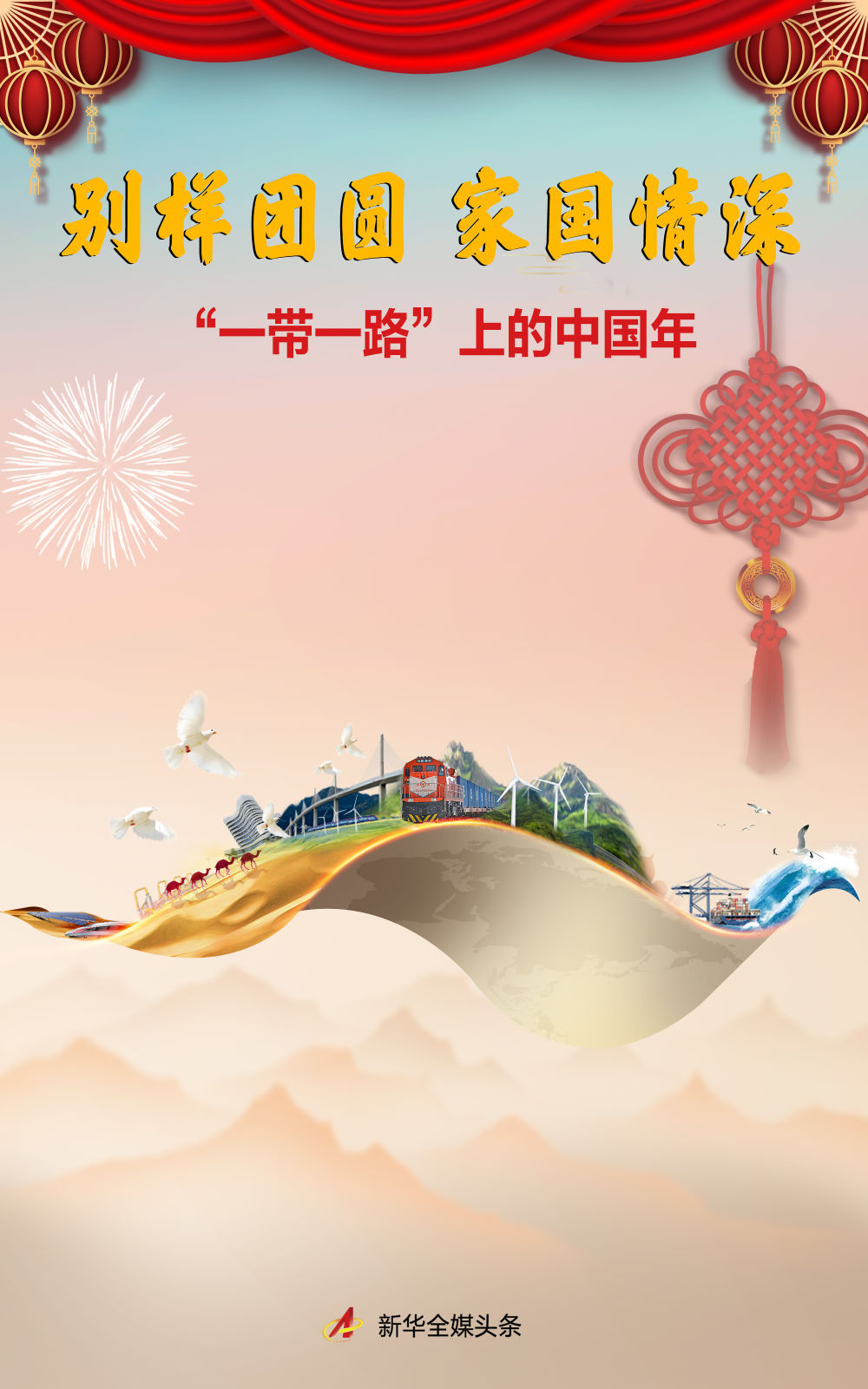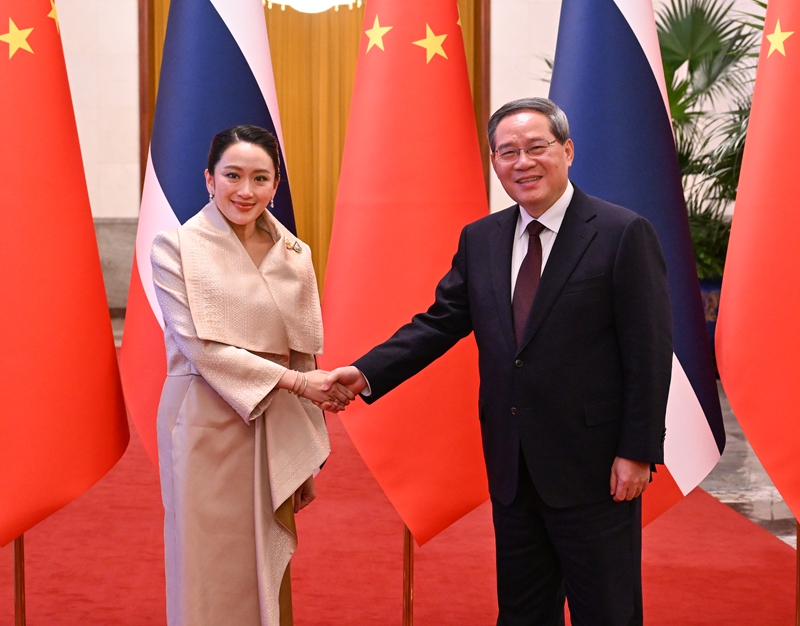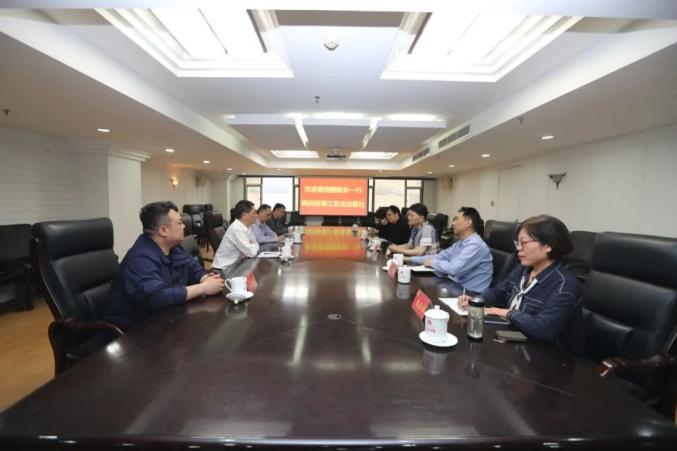Why Is China's Rise Unstoppable As Long As Xinjiang Is Present? How Important Is Xinjiang?
Why Is China's Rise Unstoppable As Long As Xinjiang Is Present? How Important Is Xinjiang?
In the public's perception, Xinjiang may just be the distant northwest land on the map, a combination of vast deserts and oasis. But in fact, this area, which accounts for one-sixth of China's land area, is an extremely critical "ballast stone" in China's rise on the international stage.
In the public's perception, Xinjiang may just be the distant northwest land on the map, a combination of vast deserts and oasis.
But in fact, this area, which accounts for one-sixth of China's land area, is an extremely critical "ballast stone" in China's rise on the international stage, and its value is far beyond imagination.

From a global perspective, Xinjiang is located at the core of Asia, with its unique terrain of "three mountains and two basins" naturally becoming a key link connecting the East and the West.
Looking back at history, Emperor Wu of Han sent Zhang Qian to the Western Regions, and there were far-reaching strategic considerations behind it.
At that time, the Huns frequently invaded the Central Plains border, and the Western Regions were an important rear supply area. Emperor Wu of Han keenly saw that only by controlling the Western Regions and cutting off the Huns' arms could this great problem be eliminated.

It turned out to be an extremely wise decision.
After the Han Dynasty took control of the countries in the Western Regions, the sphere of influence of the Huns was continuously compressed and eventually declined, and Xinjiang was officially included in China's territory.
Time came to the Tang Dynasty and the establishment of the Anxi Protectorate made Xinjiang a key stronghold for the Tang Dynasty to manage the Western Regions.

At that time, trade on the Silk Road was prosperous. As an important node in East-West trade, Xinjiang witnessed countless caravans' exchanges, and different cultures collided and blended here.
However, the Anshi Rebellion broke out, and An Lushan started his troops from the Western Regions and headed straight to the Central Plains. This civil strife became the turning point for the Tang Dynasty to decline from prosperity.
Since then, because the Song Dynasty failed to effectively control the Western Regions, the regimes such as Liao, Jin, and Xixia in the north were like sharp blades hanging high, threatening the security of the Song Dynasty at all times.

Genghis Khan keenly realized the strategic value of the Western Regions, first conquered the Western Regions, then led his troops to the Central Plains, and established a huge empire.
These historical events profoundly show that the gains and losses of Xinjiang are directly related to the rise and fall of ancient Chinese dynasties.

In modern times, Xinjiang has remained the focus of coveted by the great powers.
In the late Qing Dynasty, the country's power declined, and Western powers tried to divide China's territory. Because of its important geographical location and rich resources, Xinjiang became the object of competition for powers such as Tsarist Russia and Britain.
In 1865, with the support of external forces, Aguba in Central Asia occupied most of Xinjiang, and Tsarist Russia also occupied the Ili River Valley.
In a critical moment, Zuo Zongtang resisted the opposition and firmly advocated the recovery of Xinjiang. He carried the coffin to show his determination to fight to the death with the invaders.

Under the leadership of Zuo Zongtang, the Qing army successfully recovered most of the lost land in Xinjiang after two years of hard work. Subsequently, the Qing government took back Yili through diplomatic negotiations.
Zuo Zongtang's words "Protecting Xinjiang is protecting Mongolia, and protecting Mongolia is protecting the capital" are still deafening today.
Mr. Sun Yat-sen also had a deep insight into Xinjiang's strategic position and proposed the idea of "making a continent with Yili", believing that if China wants to become a strong country on the world stage, it must pay attention to Xinjiang, especially the Yili region.

Mr. Sun Yat-sen has also planned a series of development blueprints in Xinjiang, including building railways to connect the mainland, carrying out water conservancy projects to transform deserts, and developing resources to promote the industrialization process.
These ideas were very forward-looking at the time and provided important ideas for the construction and development of Xinjiang in New China. Now, these ideas are gradually becoming a reality with the efforts of the New China.
Xinjiang’s strategic significance is not only reflected in geopoliticality, but also in its rich resource reserves.

More than 150 mineral species have been discovered in Xinjiang, oil reserves account for 30% of the country's onshore resources, natural gas accounts for 34%, and coal resources are even more amazing, accounting for 40% of the country's total.
These precious energy resources, like the "blood" of industrial development, continue to provide power and support for China's economic take-off.
The world-renowned West-East Gas Pipeline Project transports a large amount of Xinjiang natural gas to the mainland every year, meeting the living needs of countless families and providing stable energy guarantees for mainland industrial production.

The glacier reserves in the Tianshan Mountains and Kunlun Mountains account for 42% of the country. These glaciers are like huge "solid reservoirs". When the temperature rises in summer, the glaciers melt, forming more than 500 rivers, nourishing the land of Xinjiang and nurturing vibrant oasis.

These oasis are not only the home for the people of Xinjiang to live and work in peace and contentment, but also provide unique conditions for agricultural development.
Xinjiang's cotton production has been firmly increasing by more than 90% of the country all year round. From clothing to bedding at home, a large part of it is inseparable from the contribution of Xinjiang cotton.

In addition, Xinjiang's fruits and melons are also well-known. Turpan's grapes, Korla's fragrant pears, Aksu's apples, etc. are all "sweet business cards" for Xinjiang to move to the whole country and even the world.
Entering modern society, Xinjiang's development is changing with each passing day, and its position in the national development strategy is becoming increasingly important.

In terms of transportation construction, Xinjiang has built a well-connected transportation network:
The total railway mileage has reached more than 9,000 kilometers, the high-speed rail mileage has exceeded 700 kilometers, the total length of highways has reached more than 220,000 kilometers, and the highway mileage has exceeded 11,000 kilometers. Xinjiang has 22 airports, making it the province with the largest number of airports in the country.
These transportation facilities not only facilitate people's travel, but also provide strong support for trade and tourism development between Xinjiang and domestic and foreign countries.

In recent years, Xinjiang has become the core area of the "Belt and Road" initiative with its unique location advantages.
As of September 2023, the number of China-Europe freight trains has passed from Xinjiang exceeds 60,000. These speeding trains are loaded with Chinese goods to Europe, and also bringing high-quality European products back to China, becoming a "steel camel fleet" connecting China and Europe.
In the first eight months of 2023, Xinjiang's foreign trade imports and exports increased by as much as 51.2%, establishing trade exchanges with 179 countries.

With the advantage of "five ports and eight countries", Kashgar region has rapidly risen as an important economic bridgehead connecting Central and South Asia, attracting a large amount of investment and trade, and injecting vitality into Xinjiang's economic development.
In terms of industrial development, Xinjiang actively cultivates and develops eight major industrial clusters and gradually builds a complete industrial chain.
From the traditional oil and gas processing industry to emerging new energy industries; from the cotton textile industry to the fruit and vegetable processing industry, Xinjiang no longer only relies on resource exports, but instead increases product added value and enhances industrial competitiveness through industrial upgrading and innovative development.

In 2022, Xinjiang's GDP reached 1.77 trillion yuan and its per capita GDP was 68,600 yuan. Compared with the situation where the per capita per capita was less than 300 yuan before the reform and opening up, it has achieved earth-shaking changes.
Xinjiang's long border line is more than 5,600 kilometers long, bordering 8 countries and with 17 ports.
These ports are like windows for China's opening up to the outside world, which not only promotes economic and cultural exchanges between China and neighboring countries, but also becomes an important barrier to safeguarding national border security.

A few years ago, Western countries tried to smear Xinjiang and fabricated lies such as "forced labor" and "cultural extinction".
But these lies are vulnerable to the facts. Xinjiang's cotton industry has a very high level of mechanization. A large number of advanced agricultural machinery is busy working in cotton fields, greatly improving production efficiency. There is no so-called "forced labor" at all.
In terms of culture, the traditional culture of all ethnic groups in Xinjiang has been well protected and inherited, the festivals of ethnic minorities are lively, and ethnic art performances are rich and colorful. The cultures of all ethnic groups are integrated and developed together on this land.

Xinjiang's development achievements are real, and no slander or slander can conceal the fact that Xinjiang is booming.
From the ancient Silk Road to today's "Belt and Road" initiative; from Zhang Qian's mission to the Western Regions to the China-Europe freight trains, Xinjiang has always stood at the forefront of China's development and played a crucial role.
Its stability is an important prerequisite for China's peaceful development; its resources are the solid confidence for China's rise; its unique location is an important springboard for China to move to the world.

As the widely circulated saying says: As long as Xinjiang is there, China's rise will be unstoppable.
This is not an empty slogan, but a solemn promise made by Xinjiang to China and the world with a long history, vigorous present and hopeful future. #Summer Travel Guide#





